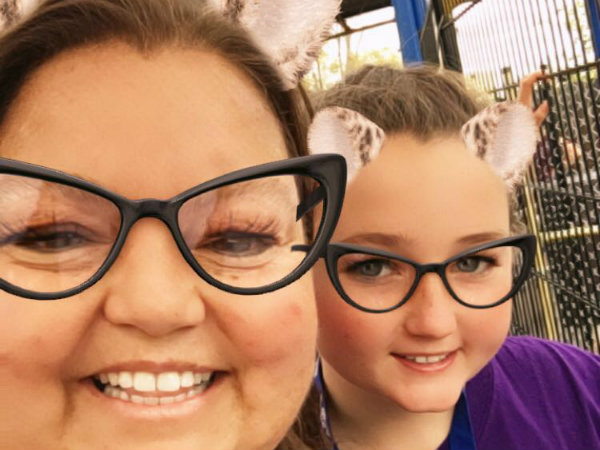 Understanding a root cause helps Daniel Picchietti, MD, the world’s leading expert on restless leg syndrome (RLS) in children, rest easier knowing his patients will, too.
Understanding a root cause helps Daniel Picchietti, MD, the world’s leading expert on restless leg syndrome (RLS) in children, rest easier knowing his patients will, too.
Westville’s Chrissy Clarkston woke up four to five nights a week, leaving her exhausted and irritable.
“I would fall asleep during work. Then when it was time for bed, I was wide awake,” Clarkston said.
Though it’s hard to describe, she says tingling and numbness were the norm.
“You’re constantly moving to get comfortable and stretch it out, you know, get the kinks out,” she said.
She sought help when symptoms woke her up from a deep sleep. Today, she sleeps through the night thanks to an iron supplement.
Lack of iron may contribute to trouble sleeping for the 2 to 3 percent of adults suffering from RLS. It’s nearly as common in children at 1 to 2 percent. Carle’s Dr. Picchietti said addressing an underlying cause is a pretty big deal. The second cause is genetics.
“Currently we can’t give people new genes, but we can treat iron deficiency,” Dr. Picchietti said. “If symptoms improve then patients can take less, or even no medication for the disorder, which is remarkable.”
 Dr. Picchietti, part of the International Restless Leg Syndrome Study Group (IRLSSG), defined iron treatment guidelines for RLS. Years of planning and testing resulted in clinical use that makes a difference around the world today.
Dr. Picchietti, part of the International Restless Leg Syndrome Study Group (IRLSSG), defined iron treatment guidelines for RLS. Years of planning and testing resulted in clinical use that makes a difference around the world today.
While some patients may need multiple treatments and ongoing monitoring, others see more immediate benefits.
“I wonder why I waited so long to get treated,” she said.
Clarkston said just one intravenous infusion, which took about three and a half hours, did the trick.
“It’s just as easy as donating blood,” she said. This “remarkable, easy fix” improved her energy, mood and life.
“Sleep is amazing. A good night’s rest has drastically improved life – just ask my family,” she said.
Clarkston jokes she’s far less cranky now, giving her motivation for the long hours on the road for her kids’ traveling sports teams.
“Dr. Picchietti has my best interest at heart. He made sure we didn’t just put a Band-Aid on it. He kept going until we found a solution,” she said.
The 18 months of research now equips physicians with new tools and treatments. Sometimes, patients need two to four iron treatments a month – orally or intravenously (IV).
“We explore paths to increase iron levels in patients with moderate to severe restless legs syndrome,” Dr. Picchietti said. “We try first with oral iron. If needed, we progress to IV iron to boost their system and see if symptoms improve.”
 The results show a 50 percent success rate with 20 to 25 percent of patients reporting no symptoms following iron treatment.
The results show a 50 percent success rate with 20 to 25 percent of patients reporting no symptoms following iron treatment.
Treating patients with the cutting-edge research is rewarding and personal. RLS runs in Dr. Picchietti’s, family with four members of his immediate family affected. Three of them are in remission due to the newly released treatment guidelines.
With the help of 12 worldwide experts, Dr. Picchietti’s primary focus in the guidelines was on the algorithm, or flow chart, that guides the decision-making process for providers to help patients.
“Medical resources are available online today. Providers can have instant access to research and new treatments,” Dr. Picchietti said. “This paper is ‘open access,’ which means providers can simply ‘log on’ to use the task force’s recommendations to help others.”
Categories: Culture of Quality, Staying Healthy
Tags: sleep, restless leg syndrome, iron, Picchietti, neurosciences
